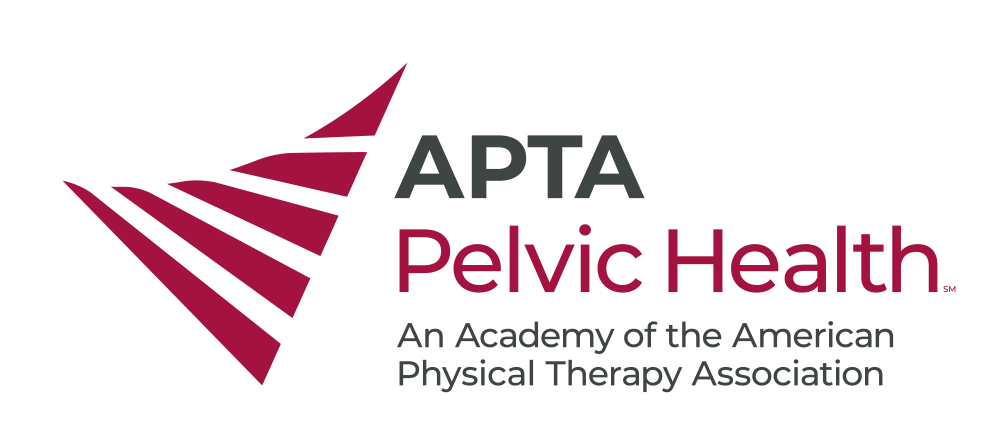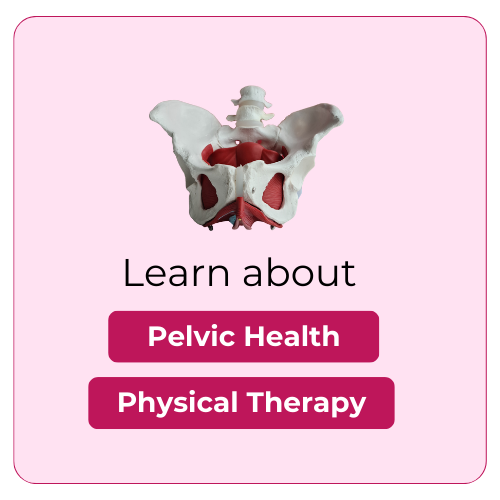Eating Disorders: Detection, Medical Sequela, and Intuitive Eating

Eating disorders often go undetected and untreated. Learn how to be more aware of the signs and symptoms of eating disorders and gain a better understanding of their physical and psychological impact.
Supplemental Links:
- Anderson LM, Reilly EE, Schaumberg K, Dmochowski S, Anderson DA. (2015). Contributions of mindful eating, intuitive eating, and restraint to BMI, disordered eating, and meal consumption in college students. Eat Weight Disord. Aug 5. (http://www.ncbi.nlm.nih.gov/pubmed/26243300)
- Cost J, Krantz MJ, Mehler PS. Medical complications of anorexia nervosa. Cleve Clin J Med. 2020;87(6):361-366. doi:10.3949/ccjm.87a.19084 (https://pubmed.ncbi.nlm.nih.gov/32487556/)
- Hübel C, Marzi SJ, Breen G, Bulik CM. Epigenetics in eating disorders: a systematic review. Mol Psychiatry. 2019;24(6):901-915. doi:10.1038/s41380-018-0254-7. (https://pubmed.ncbi.nlm.nih.gov/30353170/)
- Kohn MR, Golden NH. Management of the malnourished patient: it's now time to revise the guidelines. J Eat Disord. 2022;10(1):56. Published 2022 Apr 19. doi:10.1186/s40337-022-00539-4. (https://pubmed.ncbi.nlm.nih.gov/35440063/)
- Kutz AM, Marsh AG, Gunderson CG, Maguen S, Masheb RM. Eating Disorder Screening: a Systematic Review and Meta-analysis of Diagnostic Test Characteristics of the SCOFF. J Gen Intern Med. 2020;35(3):885-893. doi:10.1007/s11606-019-05478-6. (https://pubmed.ncbi.nlm.nih.gov/31705473/)
- Mehler PS, Cleary BS, Gaudiani JL. Osteoporosis in anorexia nervosa. Eat Disord. 2011;19(2):194-202. doi:10.1080/10640266.2011.551636 (https://pubmed.ncbi.nlm.nih.gov/21360368/)
- Moy J, Petrie TA, Dockendorff S, Greenleaf C, Martin S (2013). Dieting, exercise, and intuitive eating among early adolescents. Eat Behav.14(4):529-32. doi: 10.1016/j.eatbeh.2013.06.014. (https://pubmed.ncbi.nlm.nih.gov/24183151/)
- National Collaborating Centre for Mental Health (UK). Eating Disorders: Core Interventions in the Treatment and Management of Anorexia Nervosa, Bulimia Nervosa and Related Eating Disorders. Leicester (UK): British Psychological Society (UK); 2004. (https://pubmed.ncbi.nlm.nih.gov/23346610/)
- Nitsch A, Dlugosz H, Gibson D, Mehler PS. Medical complications of bulimia nervosa. Cleve Clin J Med. 2021;88(6):333-343. Published 2021 Jun 2. doi:10.3949/ccjm.88a.20168 (https://pubmed.ncbi.nlm.nih.gov/34078617/)
- Richards PS, Crowton S, Berrett ME, Smith MH, Passmore K (2017). Can patients with eating disorders learn to eat intuitively? A 2-year pilot study. Eat Disord. 2017 Feb 2:1-15. doi: 10.1080/10640266.2017.1279907. (https://pubmed.ncbi.nlm.nih.gov/28151055/)
- Schaumberg, K., Welch, E., Breithaupt, L., Hübel, C., Baker, J. H., Munn-Chernoff, M. A., Yilmaz, Z., Ehrlich, S., Mustelin, L., Ghaderi, A., Hardaway, A. J., Bulik-Sullivan, E. C., Hedman, A. M., Jangmo, A., Nilsson, I., Wiklund, C., Yao, S., Seidel, M., & Bulik, C. M. (2017). The Science Behind the Academy for Eating Disorders' Nine Truths About Eating Disorders. European eating disorders review : the journal of the Eating Disorders Association, 25(6), 432–450. https://doi.org/10.1002/erv.2553. (https://www.ncbi.nlm.nih.gov/pmc/articles/PMC5711426/)
- Tylka TL, Lumeng JC, Eneli IU. (2015). Maternal intuitive eating as a moderator of the association between concern about child weight and restrictive child feeding.Appetite. Dec 1 ;95:158-65. (https://pubmed.ncbi.nlm.nih.gov/26145275/)
- Tylka TL, & Kroon Van Diest AM. (2013) The Intuitive Eating Scale-2: Item refinement and psychometric evaluation with college women and men. J Couns Psychol. Jan;60(1):137-53. (https://pubmed.ncbi.nlm.nih.gov/23356469/)
- Wassenaar E, Friedman J, Mehler PS. Medical Complications of Binge Eating Disorder. Psychiatr Clin North Am. 2019;42(2):275-286. doi:10.1016/j.psc.2019.01.010. (https://pubmed.ncbi.nlm.nih.gov/31046929/)
- Yoon CY, Hazzard VM, Emery RL, Mason SM, Neumark-Sztainer D. (2022). Everyday discrimination as a predictor of maladaptive and adaptive eating: Findings from EAT 2018. Appetite 2022 Mar 1;170:105878. doi: 10.1016/j.appet.2021.105878. (https://pubmed.ncbi.nlm.nih.gov/34388592/)
About the Presenters
Shaun Riebl, PhD, RDN, provides trauma-informed nutrition therapy to individuals seeking treatment for disordered eating and eating disorders. His passion for this population began with his master's thesis studying eating disorders in male cyclists, and he continued to explore eating behaviors during his doctoral work. Dr. Riebl has held assistant professorships at UNC Chapel Hill and The University of Mississippi as well as research positions with Duke University. With nearly 10 years of clinical experience, he promotes freedom, flexibility, and nourishment with food while providing compassionate, evidence-based treatment for all people.
Christine Stockert, RN is a nurse who specializes in caring for clients with eating disorders. After seeing friends and loved ones suffer from eating disorders, she began working in the field as a Recovery Coach with the Oliver-Pyatt Centers in 2008. Her passion for work in the eating disorder field continued as she pursued her degree in nursing when she saw how much mis-information was shared about these diseases in the medical community. Since becoming a nurse, she has been able to educate clients, their families, and the community about the medical complications of eating disorders, and the resiliency of the human body.
Debbie Marton, Psy.D. is a licensed clinical psychologist specializing in the diagnosis and treatment of eating disorders. She has extensive experience working with eating disorders at all levels of care. She has also worked in outpatient settings specializing in trauma and Women’s Health as well as college counseling centers. She helps clients understand their eating disorders in the context of who they are and how they function in the world. She seeks to help people find empathy for themselves and treat themselves with kindness and compassion.
Watch Recording


